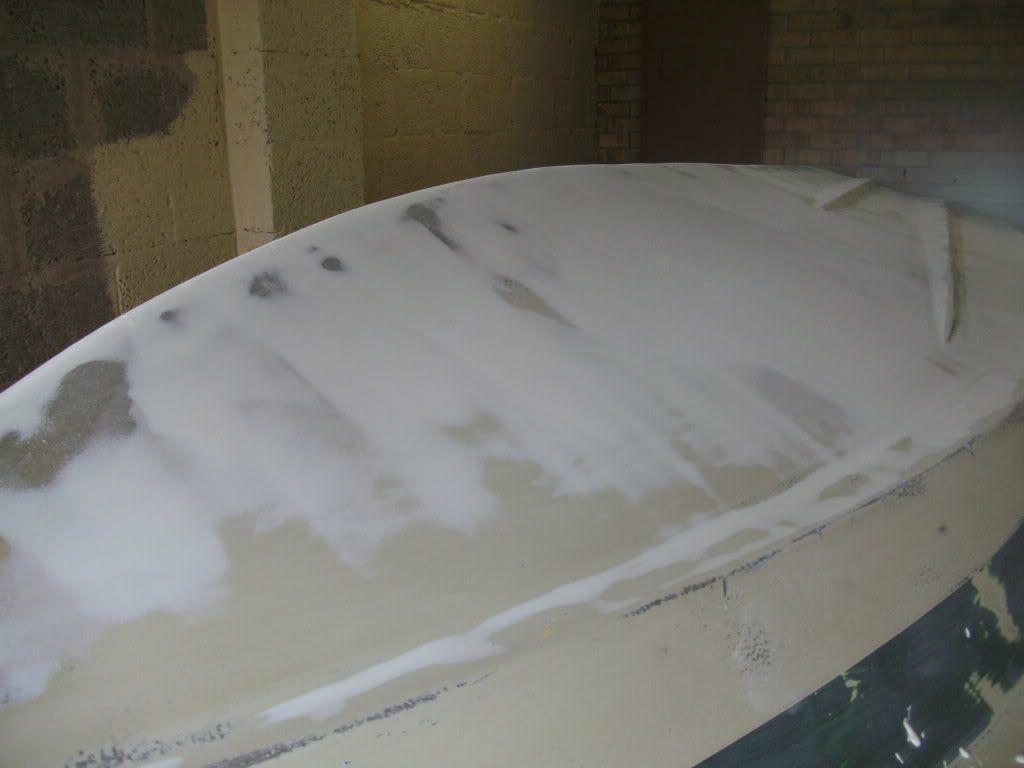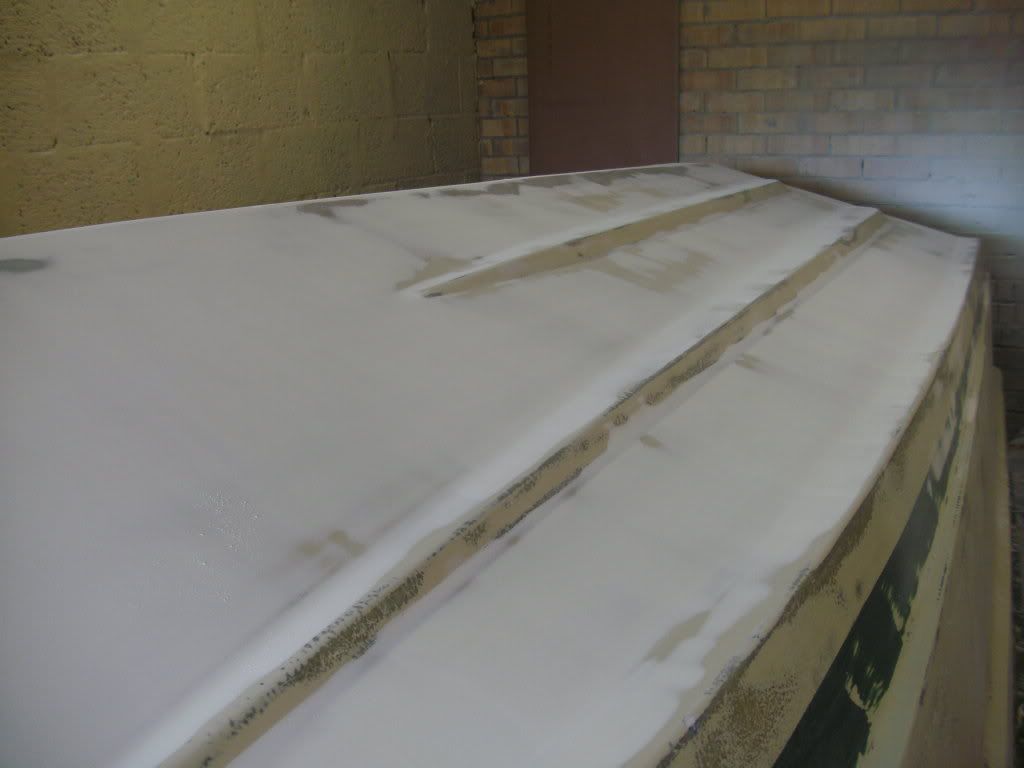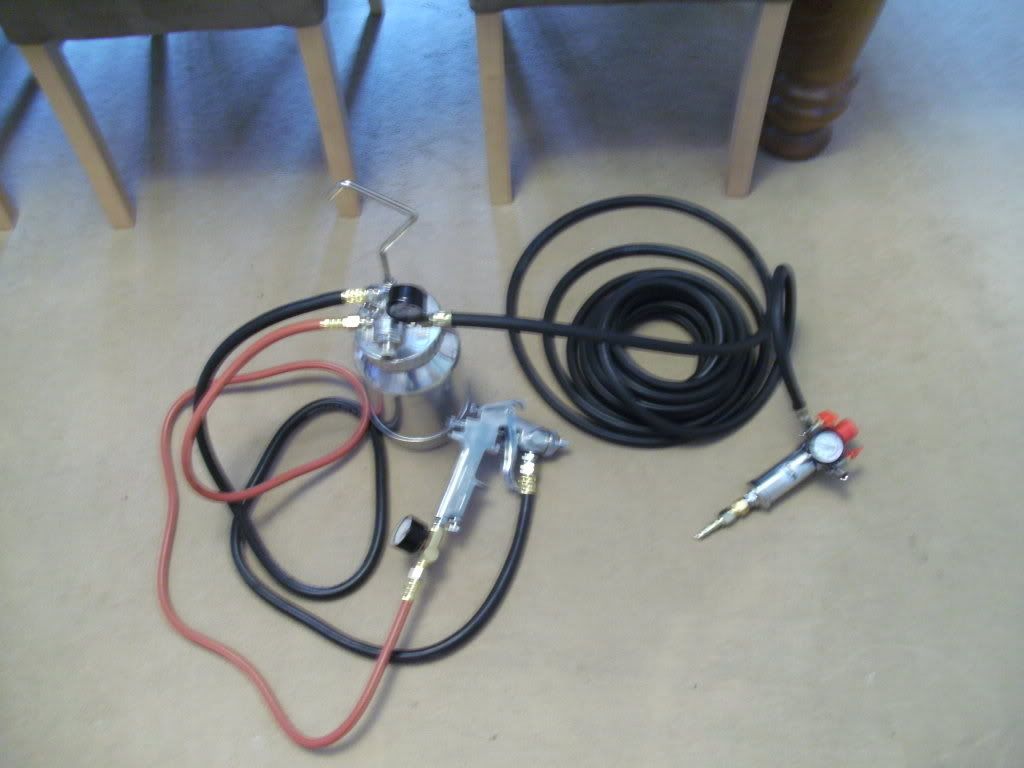Well, I'm late to the party, but I'll add in a couple comments here.
First, I'm sure you've been told, but gelcoat isn't meant for application like you (or honestly oops) have done it. It's meant for use as the first (outer) layer in a molded hull or part. Also (I'll speak heresy here for some) it's not the best (hardest, longest lasting, best looking) coating for a boat hull. It's used the most by manufacturers because it's cheap and in a mold requires little finishing, making it even cheaper. It's a very good coating, but there are better ones, and certainly easier ones to apply when you're not molding a hull.
One off boats professionally made (like large yachts or custom built boats) that aren't made in a mass production mold aren't usually gelcoated because it's easier (again cheaper) to get a top quality long lasting finish with a high quality paint like a two part LPU or epoxy.
But, for the rest of this post I'll assume you really, really enjoy sanding and have built up significant biceps with the prep work that you wish to maintain going forward, and you will therefore use gelcoat which you will sand, sand, and wet sand, then polish with a cutting compound and buff, then wax.
If you're going to the trouble and expense of applying it at all, do it the right way. Pro boat builders spray it into molds with what's called a "dump gun", which is a spray gun with a very large tip and a short path between cup and nozzle. There is a fairly cheap model of dump gun that works well, sold under a number of brand names world wide. Here's an example link:
http://www.uscomposites.com/equipment.html
It uses paper sleeves inside a plastic cup for very easy cleanup, requires little to no thinning of the gel coat mix for maximum protection, and has a short (about 1 cm) path for the gelcoat to take to the nozzle, again for easy spraying and easy clean-up.
Here's a video of one in use... with the one detail that you have to keep the nozzle angled up when not spraying, the gun works very well:
http://www.youtube.com/watch?v=ho7NTbX26bY
Paint guns are made for paint... while the HF guns and similar work well for a small part or one time use, they are prone to clogging unless you thin the gel quite a lot, and when they do clog the gel has time to kick off, requiring you to stop work while you disassemble and clean out the gun. It's easy to break parts doing that.
Also, unless you work very very fast, you're going to end up at some point with a solid lump of gelcoat in that pressure pot and your sprayer. I wouldn't even try to mix gel in that quantity, limit yourself to a quart at a time or less, and remember you'll have to run acetone or similar through the gun between mixed batches, otherwise the remnant of the last pot full will harden in the gun and stop it up while you mix the next round. Unlike paint, running more of it through the gun won't keep what's in there already wet.
I don't envy the amount of sanding you will be doing. I consider that part worse than the prep work since it requires more concentration to do well.
Erik
PS: Stir the gelcoat about 4x as long as you think you need to... time yourself. Very easy to not mix it well enough.

















